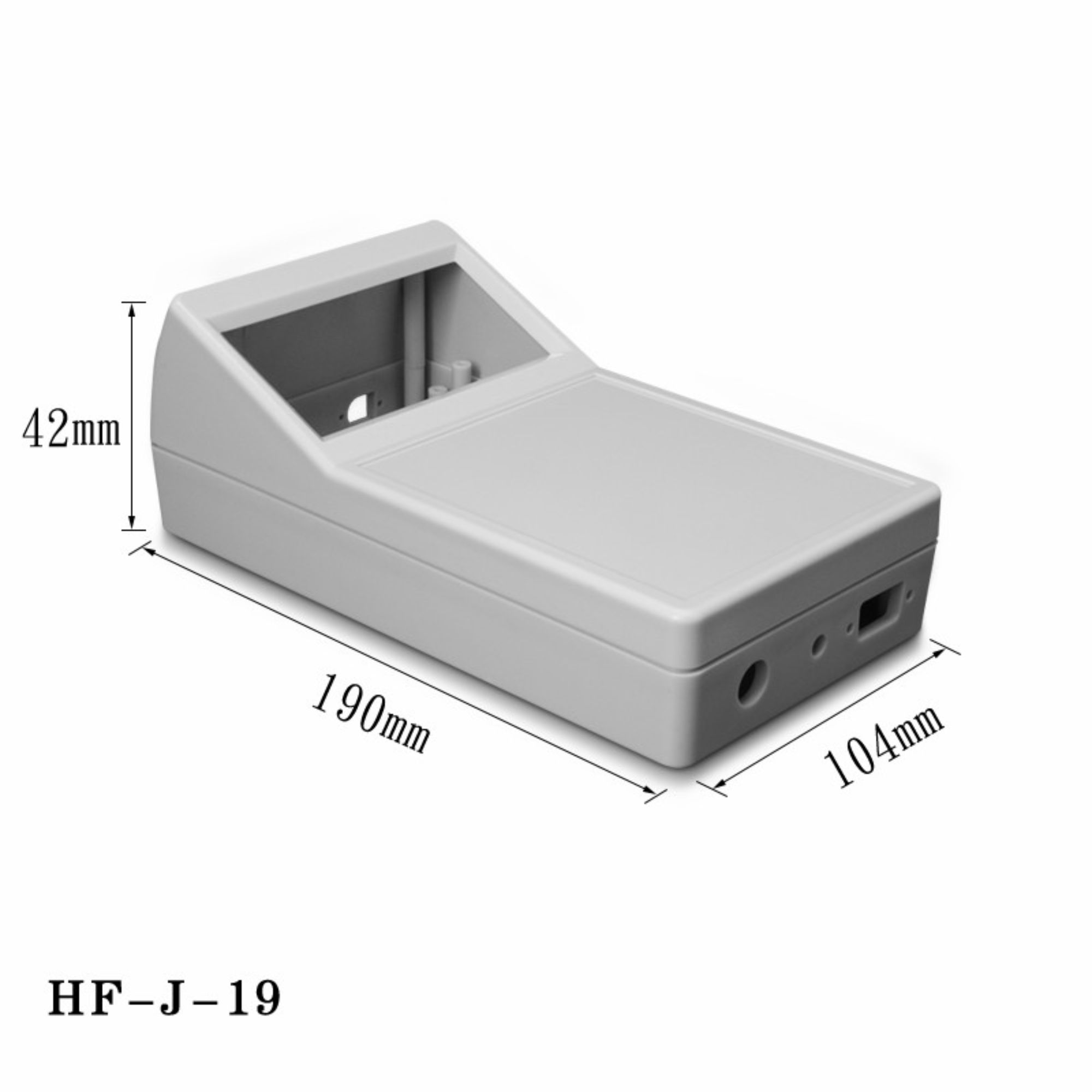Ever wonder how manufacturers makes plastic housings for toys, electronic enclosures and car parts? Injection molding and 3D printing are the two main methods used for this purpose. Injection molding is a process consisting of pouring hot plastic into molds that, when cool, solidifies in the specific form. 3D printing, on the other hand involves building a shape by addition of material with 1addition taking place at a time using a plastic(material) in long strings. Now, let us dig deeper into the comparison of these two techniques.
Advantages and Disadvantages of 3D Printed & Injection Moulded Plastic Housings:
Customization of shape as per the requirements: It is one of the major advantages in 3D printing. For example, if you are to house a certain product in your item then all dimensions and shapes can be personalized for that. Commendably, this is a luxury that 3D printing offers where plastic parts can all be made even within minutes to hours (all depending on the part or parts and its complexity... with time as well), but keep it in mind they may not come out quite as durable like their hermetically sealed parent counterparts. Meanwhile, injection molding is faster to manufacture and because components are built using pressure it produces stronger sunking parts but cannot be changed to a different shape once the mould has been cast.
Comparing Quality, Cost and Production Time Differences:
Cost - As a rule of thumb, 3D printing is usually more expensive compared to injection molding when large numbers are needed. But, If you need only specifying few parts or in the prototyping period 3D printing could be a favorable solution. Instead, injection molding is best suited for mass production, producing thousands of parts in rapid succession once the mold has been created - even though it can be expensive right off the bat.
Deciding The Best Method For Your Housing - 3D Printing or Injection Moulding
The choice between 3D printing or injection molding will come down to the qualities that your part requires. Injection Molding is Better If Durability and Strength Matter Conversely, if goal is to be able to design and build a part as per your configurations then 3D printing may stand more true for you. In the end, it comes down to use case and scale of production for whether one method makes more sense than another.
Specifications and Performance: 3D Printed vs Injection Moulded Plastic Housings
These both are ultimately limited to the applications they can be used with in terms of shapes and sizes. Although it has limitations in terms of what shape and size can be feasibly made, 3D printing cannot create parts as large or complex as those produced by injection molding. Also, the characteristics of plastic used that define strength and endurance in tools can be different from one application (3D printing) to another( injection molding), hence choosing specific materials based on either method.
To summarize the 3D printing and injection molding comparison, advantages and drawbacks of both methods were taken into account. Which of the two suits you best depends on what are demands and goals as a manufacturer, in plastic housing fabrication. This will help you with engaging and striking balance between the quality, cost, time it takes to be produced even though researchg about Design for manufacturing and material properties may limit what process can achieve in your quest of getting an informed choice that suits well with your needs.


